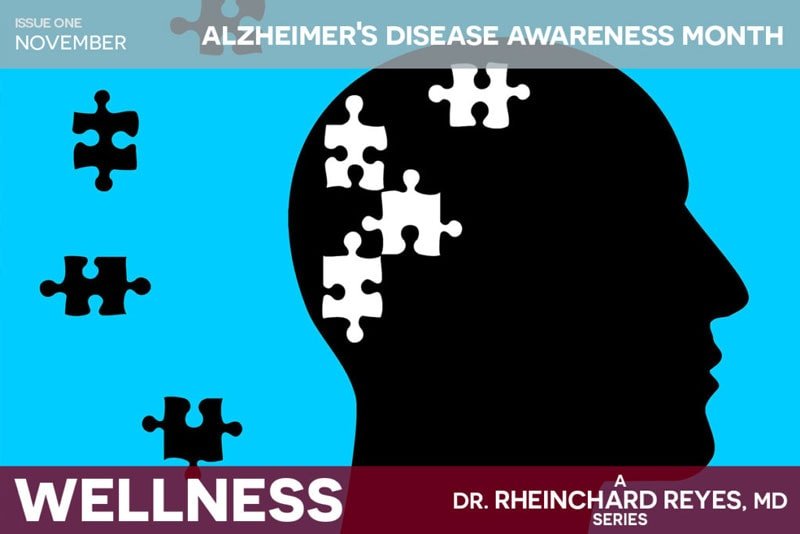- It was President Ronald Reagan who assigned November as National Alzheimer’s Disease Awareness Month in 1983. Later, the nomenclature was adapted to include family and caregivers.
Alzheimer’s is a tremendously intricate neurological disease, that is, it affects the brain. It is also the most common form and cause of dementia, accounting for as much as 80 per cent of all dementia cases nationwide. This niggling disease causes problems with memory (loss), thinking (impeded), and behavior (upset). The symptoms develop slowly over time, but eventually become so serious that they interfere with the daily goings-on and activities of the patient.
The Name
Alzheimer’s gets its namesake from Dr. Aloysius (Alois) Alzheimer, born in Marktbreit, Germany, in 1864. In 1906, he was the first person to notice changes and perform a post-mortem examination of the brain tissue of a patient who had died of an abnormal mental illness. Prominently, he first noticed what we scientifically know now as amyloid plaques (abnormal clumps) and neurofibrillary ¾or tau¾ tangles (tangled bundles of fibers).
The Figures
Alzheimer’s disease is sometimes equated with senile dementia, lest we forget there are approximately 200k Americans who have early-onset Alzheimer’s.
Total Alzheimer’s figures are staggering:
- Over 5.7 million people have Alzheimer’s disease in the USA today (compared, for example, to just over 2 million in 1983, when the National Alzheimer’s Disease Awareness Month was sanctioned)
- Over 16.1 million Alzheimer’s caregivers
- 18.4 billion hours of unpaid care valued at $220 billion
- 6th leading cause of death in the US
- On average, a person diagnosed with Alzheimer’s lives 4 to 8 years, but reports informed of certain patients who lived up to 20 years, depending on extraneous factors
- On average, the symptoms show their ugly face during a patient’s mid-60s
The Resources
Paramount among the resources available for Alzheimer’s patients, family and caregivers is The Alzheimer’s Association’s Green-Field Virtual Library, which features an online catalogue of e-books and others addressing topics like caregiving, neurologic diseases, death and dying, and senior health. It also includes credible, up-to-date information concerning research and clinical trials of the disease. Featured, as well, are the latest tools and recommendations concerning activities and dementia, early stage Alzheimer’s disease, personal narratives, primary care, support groups, and younger onset Alzheimer’s disease.
Also by the Alzheimer’s Association, the Alzheimer’s Navigator is a powerful tool intended to give family and caregivers the ability to draw a personalized action plan for their loved one, which additionally links up to information, support and local resources. There is a sample plan for your perusal.
Additionally, the Association also has the 24/7 helpline:
800.272.3900 and a dedicated webpage:
https://www.alz.org/local_resources/find_your_local_chapter
for patients, family and caregivers to locate their local chapter.
Another great resource is Alzheimers.net, which has done a great job boiling down the fundamentals of caregiving to these 5 essentials:
- Accept support
- Actively empathize
- Be a realistic caregiver
- Dementia is more than memory loss
- Plan for the future
…and Alzheimer’s disease to these comprehensive 7 stages:
- No impairment
- Very mild decline
- Mild decline
- Moderate decline
- Moderately severe decline
- Severe decline
- Very severe decline
…with a wealth of information of what they mean and entail.
Sources:
- https://www.alz.org/alzheimers-dementia/what-is-alzheimers
- https://www.alzinfo.org/articles/november-is-alzheimers-awareness-month/
- https://www.alzheimers.net/get-involved-in-national-alzheimers-disease-awareness-and-family-caregivers-month/
- https://www.nia.nih.gov/health/alzheimers-disease-fact-sheet


